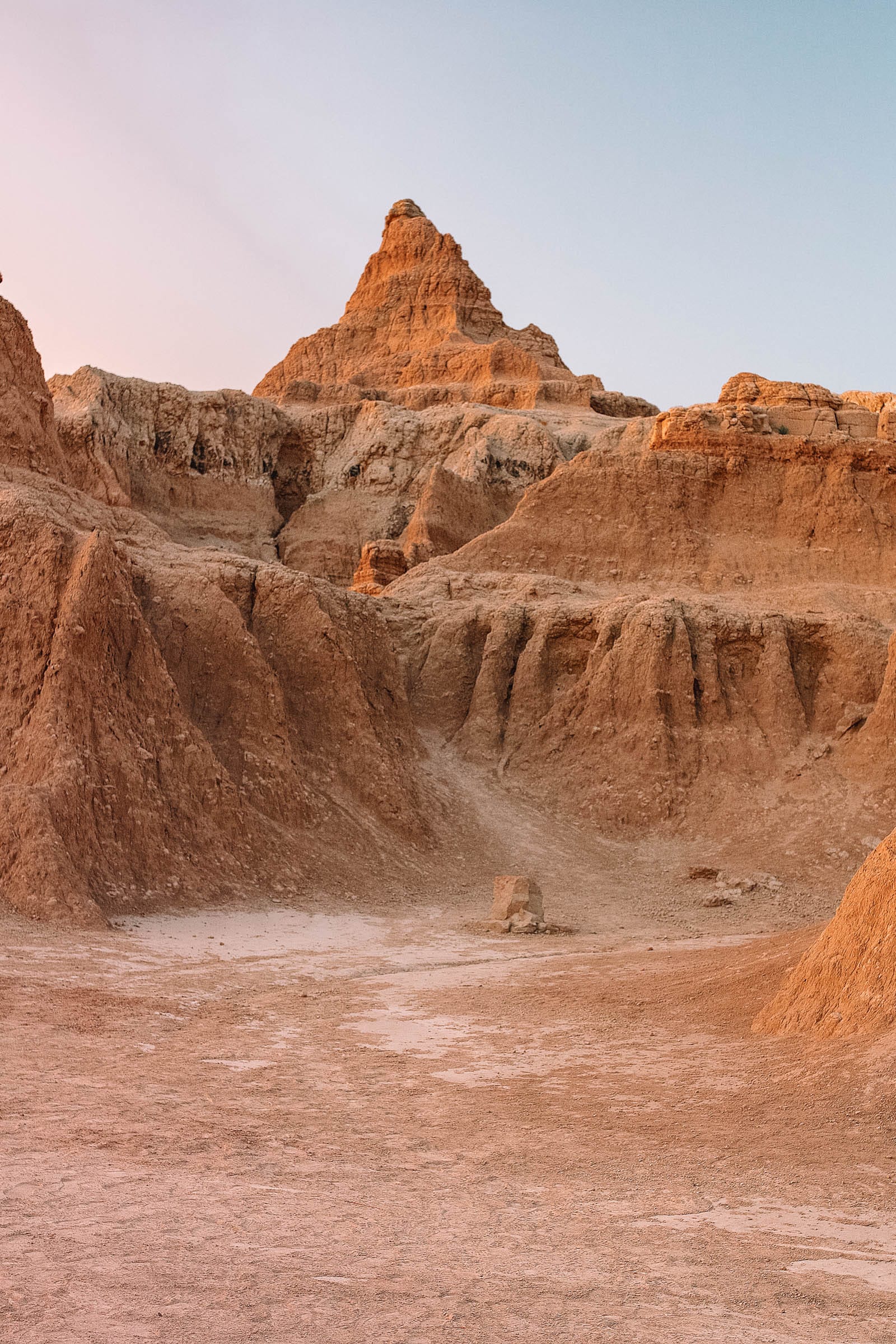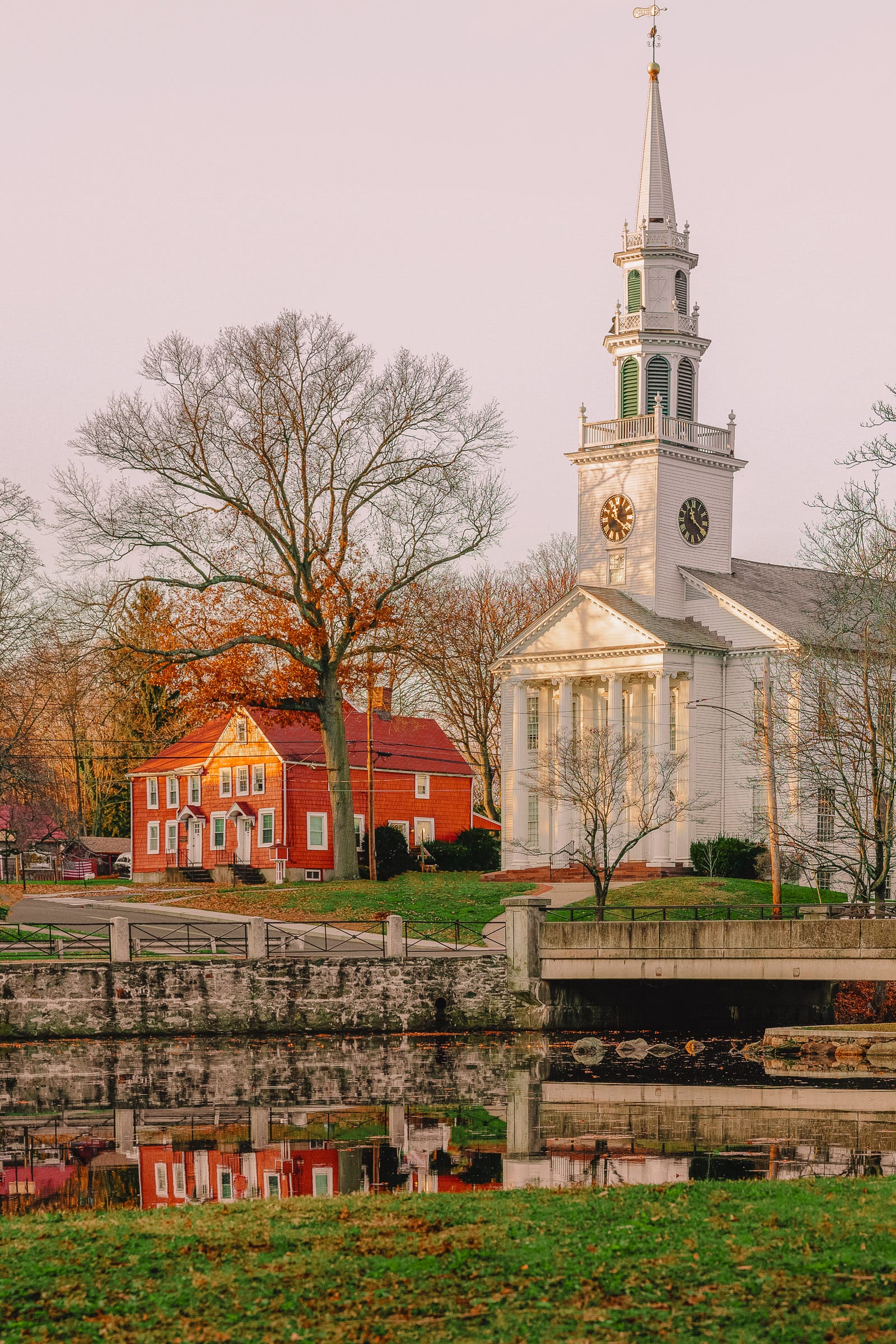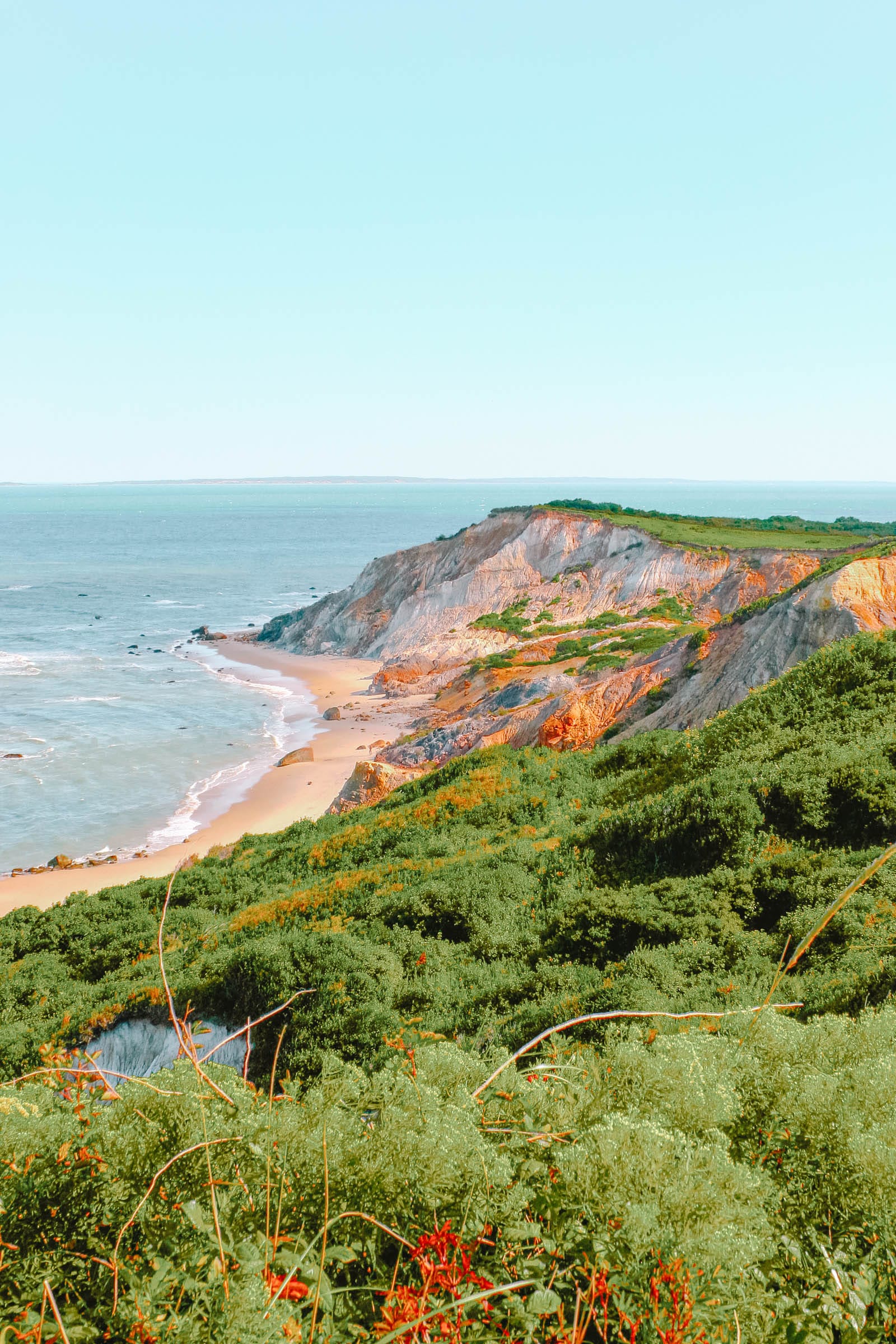How to qualify for travel to Cuba?
Despite recent bans on cruise liners and ‘people-to-people’ trips, US citizens can still apply for a ‘general license’ to travel to Cuba under 11 different categories listed by the US Department of the Treasury. These range from public performances to athletic competitions to humanitarian projects. Independent travelers with no specific affiliations are best off qualifying under the ‘support for the Cuban people’ category, a relatively open classification which states prospective visitors should:
‘engage in a full-time schedule of activities that enhance contact with the Cuban people, support civil society in Cuba, or promote the Cuban people’s independence from Cuban authorities and that result in meaningful interactions with individuals in Cuba.’
General licenses are self-qualifying and require no long-winded paperwork. To avoid any legal ramifications when returning to the US, it is advisable to draw up a detailed trip itinerary before departure and keep all receipts and addresses of places where you stayed and visited for five years after your return.
Essential for all aspiring Cuba travelers is the regularly updated Department of the Treasury Cuba fact sheet. The language may seem daunting, but it’s not nearly as intimidating as it might appear.
Getting there
With cruise ships no longer calling at Cuban ports, airplanes are the primary option for Cuba-bound travelers. Scheduled flights from the US, reintroduced by the Obama administration in 2016, continue to operate from several US airports, with Miami being the main gateway. Cooperating airlines include JetBlue, American, Delta, Southwest, and United.
Airlines should provide the necessary Cuban tourist card before you embark (double-check when booking). Prices for the card range from US$50 to US$100 depending on the airline.
Where to stay
The Trump administration’s restrictions prohibit Americans from staying at any hotel run by the Cuban government’s military arm, Gaviota. However, this regulation can be seen as a blessing in disguise, as Cuba’s state-run hotels aren’t the best accommodation options.
You’re far better off opting for one of the country’s thousands of safe, homely casas particulares (private homestays). Here, you’ll not only enjoy better food and service, but you’ll also gain an uncensored view of Cuban life, thereby engaging in ‘meaningful interactions with individuals in Cuba.’
Private accommodations in Cuba can be reserved in advance with a credit card through platforms like Airbnb or Booking.com. Most casas particulares cost between US$25 to CUC$45 per night.
Getting around
The best way to travel between major towns in Cuba is either with Viazul, the national bus company, or by colectivo (shared) taxi. Safe, albeit slow, buses run regularly between all main Cuban towns, but colectivos are quicker, friendlier, and more adept at delivering you door-to-door. Casa particular owners can usually organize colectivo taxi service with relative ease. Most taxis are technically private, thus supporting local Cuban businesses.
Money
Due to current limitations, US credit cards generally do not work in Cuba. Therefore, it is essential to carry plenty of cash. US dollars can be readily exchanged in Cuban banks, albeit with a 13 percent commission. Cuban convertibles ($CUC) are pegged 1:1 with the US dollar.
Traveling throughout Cuba
To limit interactions with Gaviota businesses, aim to avoid the state-run sector as much as possible and stick to private enterprises. Private businesses have flourished in Cuba since the relaxation of restrictions in 2011, presenting you with many attractive options.
Where to go
For a trip of two weeks or less, start in the capital, Havana, before venturing west to the lush tobacco fields of Viñales. Then loop back east via Cienfuegos to Trinidad. After unwinding for a day or two in Cuba’s enchanting sugar town, return to Havana with brief stops in the vibrant city of Santa Clara and the budding art hub of Matanzas along the way.
Havana is celebrating its 500th anniversary in 2019, meaning its beautifully restored old town (a UNESCO World Heritage Site) has never looked better. Be sure to check out the freshly restored Capitolio Nacional, resembling Washington’s Capitol building, alongside the city’s growing collection of creative private restaurants and an abundance of contemporary art galleries. A visit to the Gaudi-inspired street art project of Fusterlandia is essential.
Excellent accommodations include Casa 1932 in the welcoming neighborhood of Centro Habana, where your host, Luís Miguel, an art deco connoisseur, provides exceptional architectural-themed city tours in vintage American cars. For a unique blend of music and art, visit the revolutionary Fábrica de Arte Cubano, where for just US$2, you can enjoy six hours of cultural insights and entertainment.
For an authentic taste of Cuban cuisine, check out Doña Eutimia near Havana’s baroque cathedral—don’t miss the highly recommended picadillo. For cool fusion dishes and potent cocktails, head to the terrace of El del Frente.
Exploring Viñales
In Viñales, private guides can take you either by foot or horseback around verdant tobacco plantations and oxen-plowed eco-farms. At Vega Quemada de Rubi in nearby San Juan y Martínez, you can even spend a few days doing voluntary work nurturing the crops of Hector Luís Prieto, one of Cuba’s top cigar producers.
Trinidad, ignored for nearly a century after its peak in the 1850s, remains one of the best-preserved colonial towns in the Americas. You can stay at the 200-year-old house of Julio Muñoz, a horse whisperer and published photographer, who operates an equestrian center and often brings his beautiful horse, Luna de Miel, into his living room. Señor Muñoz has recently ventured into gastronomy by opening a town center tapas bar where you can indulge in everything from lobster to homemade tres leches cake.
Santa Clara is a city that pays homage to Che Guevara—his much-visited mausoleum situates on the outskirts of the city. However, it’s primarily a university town, boasting a unique nightlife filled with spontaneous surprises. For the best action, head to Club Mejunje, a wonderfully diverse cultural venue hosted in a repurposed ruin, where LGBTQ shows alternate with thrash metal gigs.
The finest dining experience here can be had on the opulent patio of Restaurant Florida Center, where the lobster and prawns in a ‘secret’ tomato sauce can be savored in a refined atmosphere.
On the route back to Havana, divert your private taxi to Finca Coincidencia near Matanzas. Here, farmer-turned-ceramist Hector Correa has transformed his rustic grounds into an eco-conscious sculpture gallery. Under bottle-green mango trees, enjoy a cup of farm-grown coffee sweetened with honey from Hector’s bees, sipped from a hand-crafted mug.
This experience provides a fitting conclusion to a journey that not only connects you with Cuba’s industrious cuentapropistas (private businesspeople) but also reveals the brilliance this vibrant, sophisticated, and eternally beautiful country has to offer to American visitors and the world.
Tours from the US
Although the Trump administration concluded group people-to-people trips in 2019, several US companies have continued to provide licensed Cuba tours by re-registering under the ‘support for the Cuban people’ category.
These include:
Cuban Adventures: Australia-based company specializing in Cuba travel that also organizes licensed trips for American travelers.
Cuba Travel Services: A robust resource for general travel information for US travelers. They also arrange flights, accommodation, car rentals, and travel packages.
Insight Cuba: A well-established registered Cuba operator serving American travelers. Insight’s trips include a one-week jazz-themed excursion and a trip to run the Havana marathon in November.
GeoEx: Provides luxury people-to-people trips lasting six to eight days from the US, along with opportunities to customize your own trip. Tours can span meetings with diplomats to explorations into Cuba’s complex religious rites.
Road Scholar: The largest non-profit provider of learning adventures in Cuba, offering six trips that include birdwatching, community art projects, and organic farm visits.




